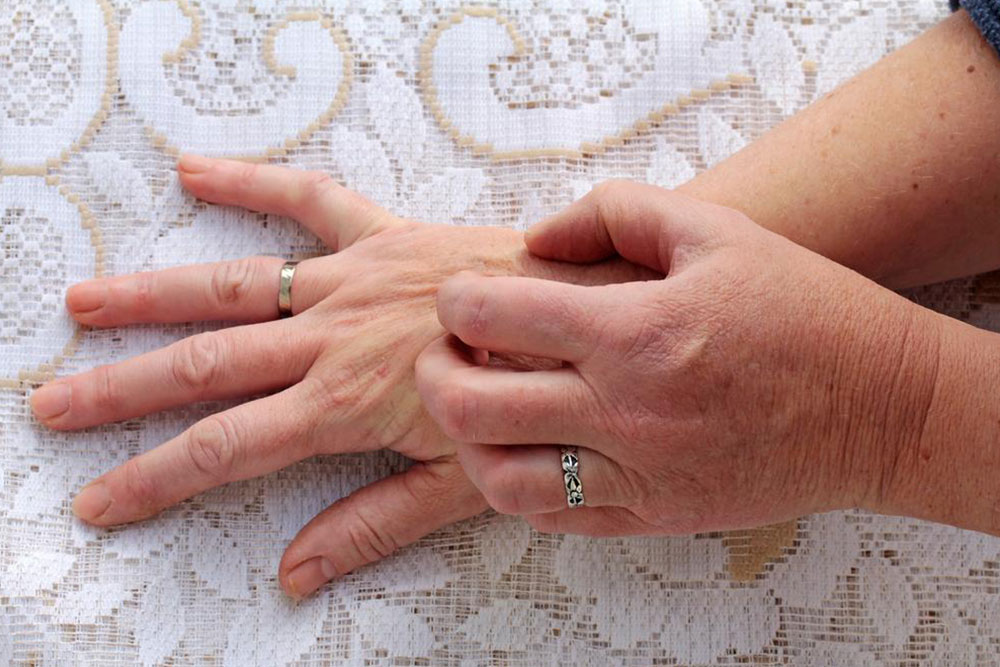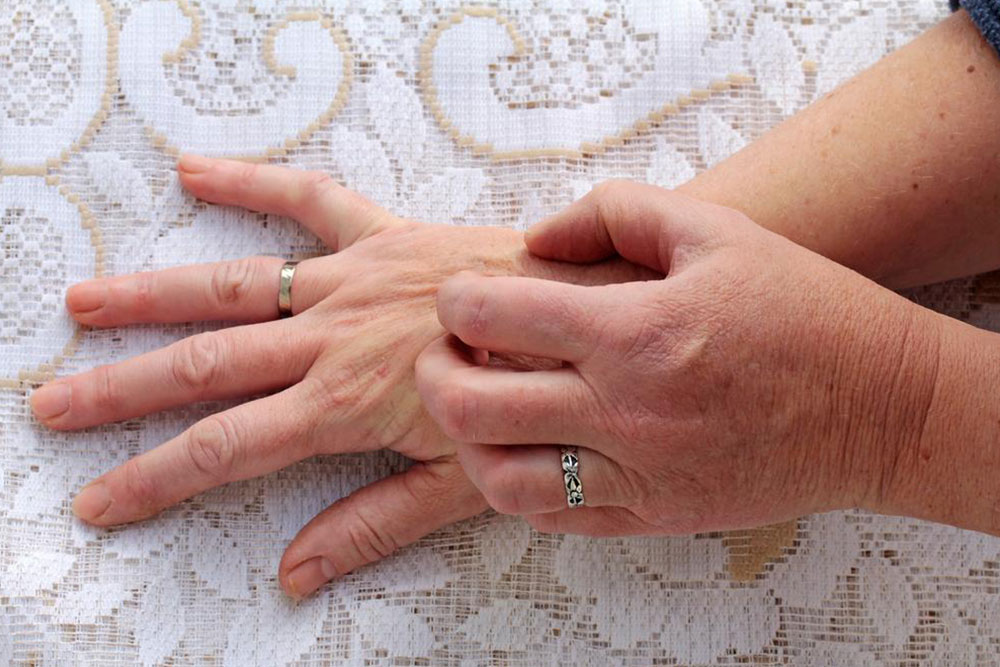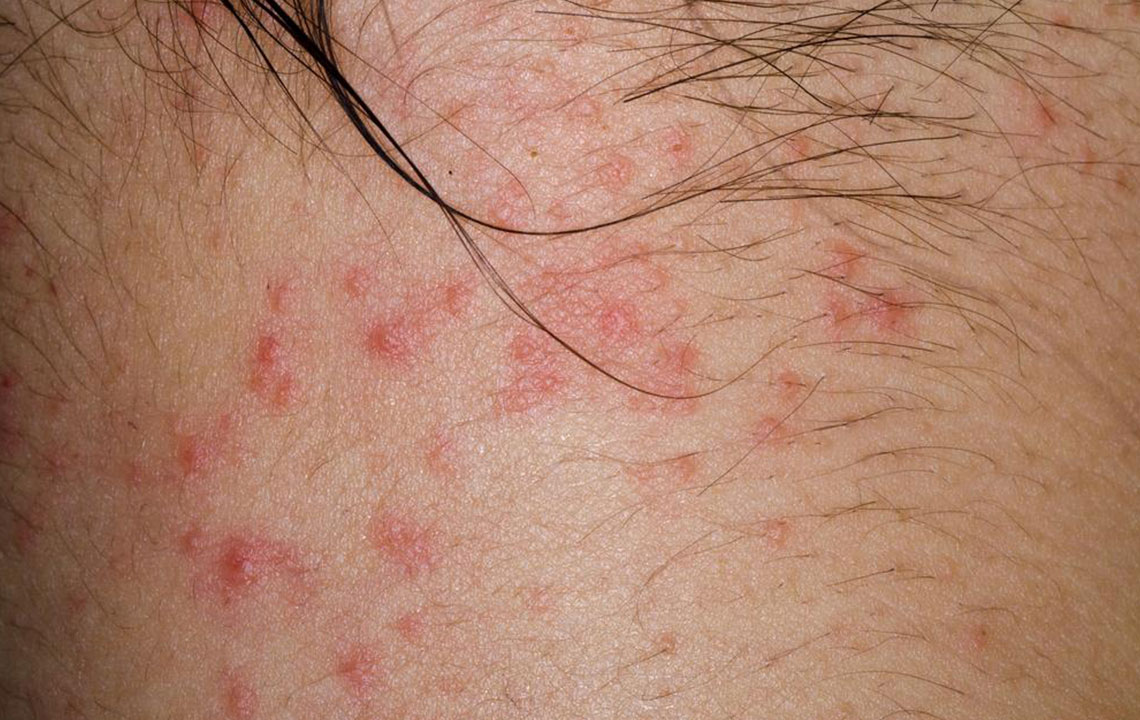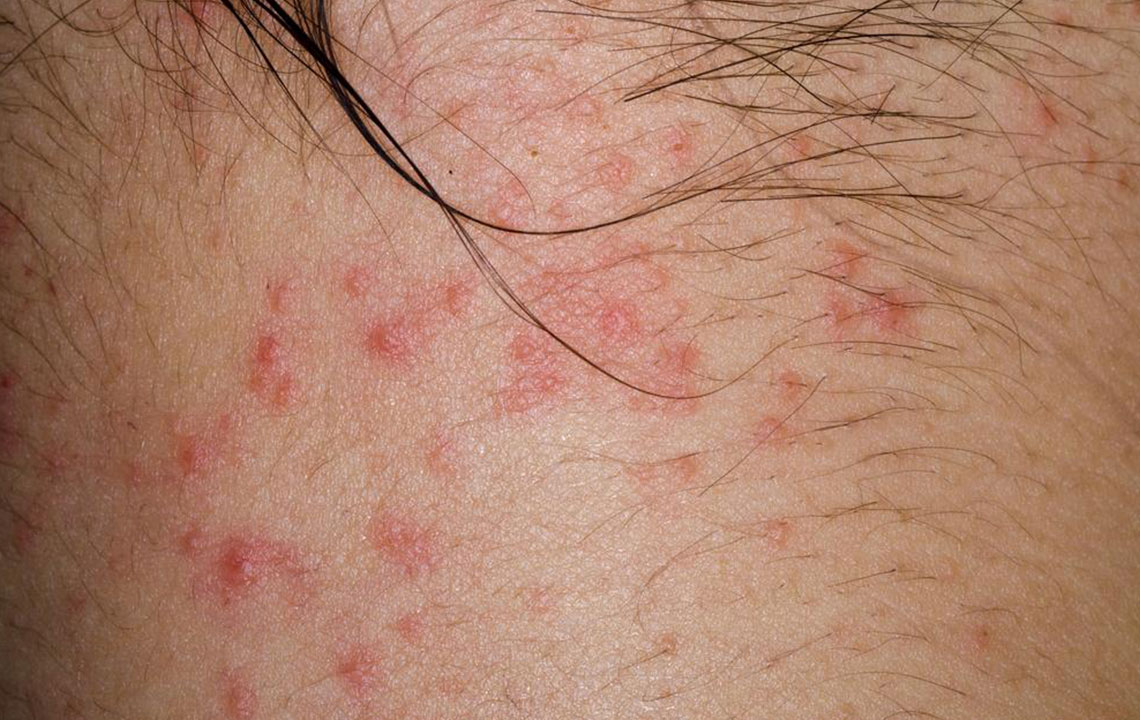Understanding Contact Dermatitis: Symptoms, Causes, and Remedies
Discover comprehensive insights into contact dermatitis, including symptoms, causes, and effective treatment options. Learn how to identify the condition early and manage it through proper care and medical consultation. Awareness of triggers and preventive measures can help keep your skin healthy and rash-free. This guide highlights the differences between types of contact dermatitis and offers practical remedies to soothe irritated skin, ensuring you stay informed about this common skin issue.
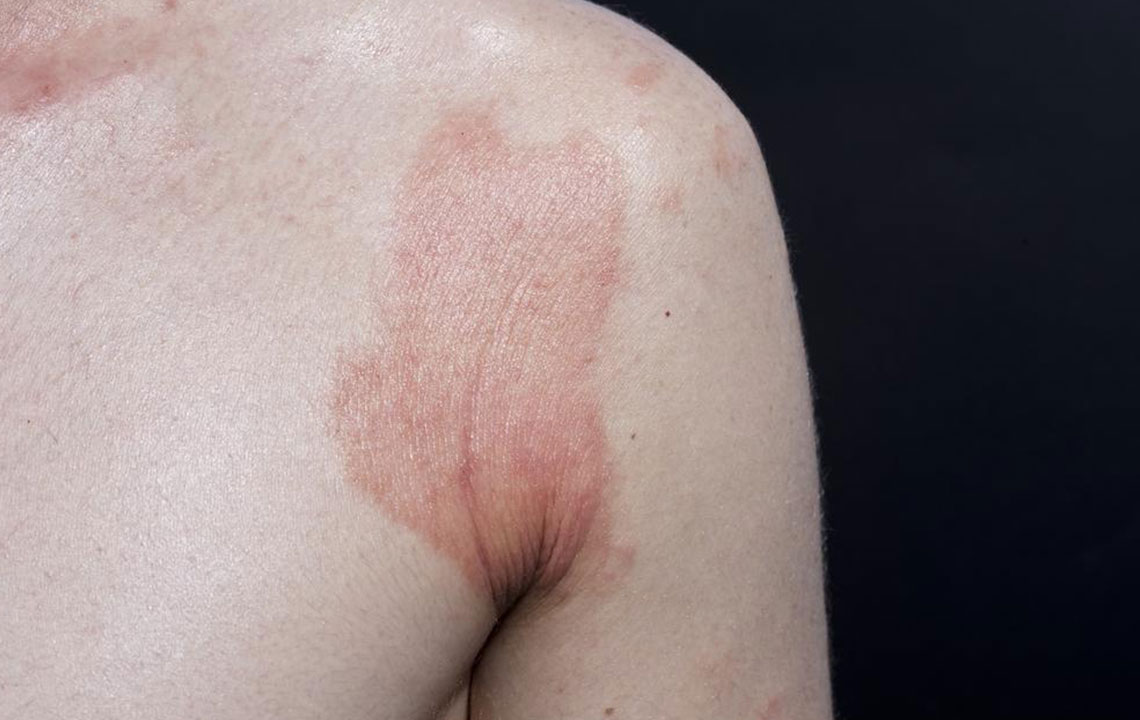
Understanding Contact Dermatitis: Symptoms, Causes, and Remedies
Noticing sudden redness and irritation on your skin? If this comes with itching or a burning feeling, it could indicate contact dermatitis rather than simple allergy or sun exposure. This skin condition typically affects specific areas where contact with an allergen or irritant has occurred, leading to red, itchy patches that may require targeted treatment. Recognizing the signs early can help manage the condition effectively and prevent further skin damage.
Signs and Symptoms of Contact Dermatitis
Contact dermatitis manifests in two forms: irritant contact dermatitis and allergic contact dermatitis. Both cause redness and itchiness, but allergic reactions often include dryness, flaking, blistering, hives, or sun sensitivity. Additional symptoms may include skin darkening, burning sensations, and swelling, particularly around the face or groin. Itching can be intense, and allergic types may cause the skin to become leathery or cracked, sometimes developing open sores and crust.
Triggers and Causes of Contact Dermatitis
The causes of contact dermatitis are generally divided into three categories: allergic contact dermatitis, photocontact dermatitis, and irritant contact dermatitis. Allergic contact dermatitis occurs when the skin encounters allergens like nickel, certain chemicals, perfumes, or latex, triggering inflammatory chemicals. Photocontact dermatitis is rare and occurs when skin exposed to certain products reacts to sunlight. Irritant contact dermatitis, the most common form, results from contact with harsh chemicals such as detergents, solvents, acids, or strong cleaning agents, leading to redness, blistering, and cracking.
Effective Treatments for Contact Dermatitis
Preventing exposure to known irritants and allergens is key to controlling symptoms. Gentle washing with lukewarm water, followed by applying unscented petroleum jelly, coconut oil, or soothing aloe vera gel, can help soothe the skin. Home remedies may resolve mild cases within a few weeks, but persistent or severe cases should prompt a medical consultation. Seek professional advice if symptoms include widespread rash, blisters, intense itching, pain, or if the rash appears on sensitive areas like the face or genitals. Proper diagnosis ensures appropriate treatment, especially when other conditions like eczema, infections, or bites are involved. Re-infection risk persists if skin contact with triggers continues, so caution with product use and allergen avoidance is essential.
While contact dermatitis is a common cause of itchy, red patches, other causes include viral infections, insect bites, or conditions like shingles, scabies, and scarlet fever. Diaper rash, fungal infections like candidiasis, measles, and sepsis may also produce similar symptoms, emphasizing the importance of accurate diagnosis before treatment. Proper skin care and prompt medical attention can greatly improve recovery and prevent recurrence.

